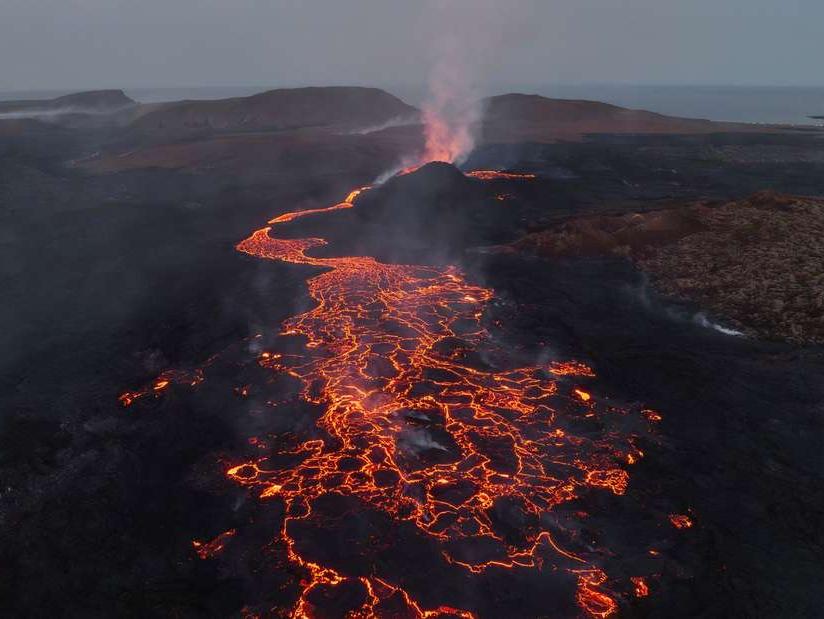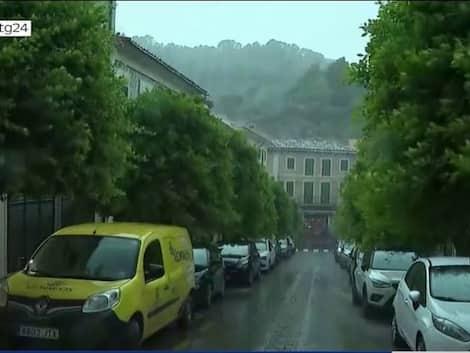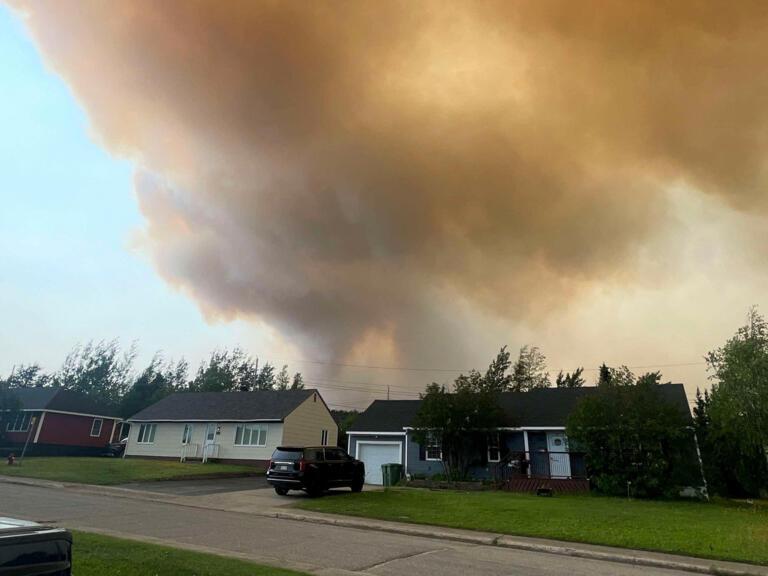A new volcanic eruption began on Iceland’s Reykjanes Peninsula on August 22, 2024, at 21:26 local time, marking the sixth such event in the area since December 2023. The eruption, occurring along the Sundhnúksgígar crater row, has created a fissure approximately 3.9-4 kilometers long, with lava flowing at a high rate, primarily eastward and northward.As a precautionary measure, the nearby fishing town of Grindavík and the popular Blue Lagoon resort have been evacuated. Vidir Reynisson, a senior Icelandic police officer, confirmed that ‘The evacuation had been successful’. Despite the proximity of the eruption to Grindavík, current assessments suggest that the town is not in immediate danger. Magnús Tuma Guðmundsson, a geophysicist, noted that ‘if this continues like this, Grindavík is not in danger because of this’.The Icelandic Meteorological Office reports that the eruption’s impact remains localized, and it does not present a threat to life. However, roads in the affected area have been closed. Importantly, air traffic to and from Iceland is functioning normally, with the country’s Ministry of Foreign Affairs stating that ‘the country continues to be a safe destination’.This latest eruption is part of a larger pattern of increased volcanic activity in the region. Since 2021, there have been nine eruptions on the Reykjanes peninsula, following the reactivation of geological systems that had been dormant for 800 years. Scientists warn that this volcanic activity could continue for decades or even centuries. In response to the ongoing threat, authorities have constructed artificial barriers to redirect lava flows away from critical infrastructure, including the Svartsengi power plant.
Key points
- A new volcanic eruption began on Iceland’s Reykjanes Peninsula on August 22, 2024, creating a 3.
- The nearby town of Grindavík and the Blue Lagoon resort have been evacuated as a precautionary measure.
- This is the sixth eruption in the area since December 2023, part of a larger pattern of increased volcanic activity since 2021.
- Despite the eruption, Iceland remains open for tourism with normal air traffic operations.
9-4 kilometer long fissure.
Contradictions👾There are slight discrepancies in the reported length of the fissure, with some sources stating 3.
9 kilometers and others reporting 4 kilometers.
👾While most sources indicate that Grindavík is not in immediate danger, some reports suggest that the lava flow is moving towards the town.



